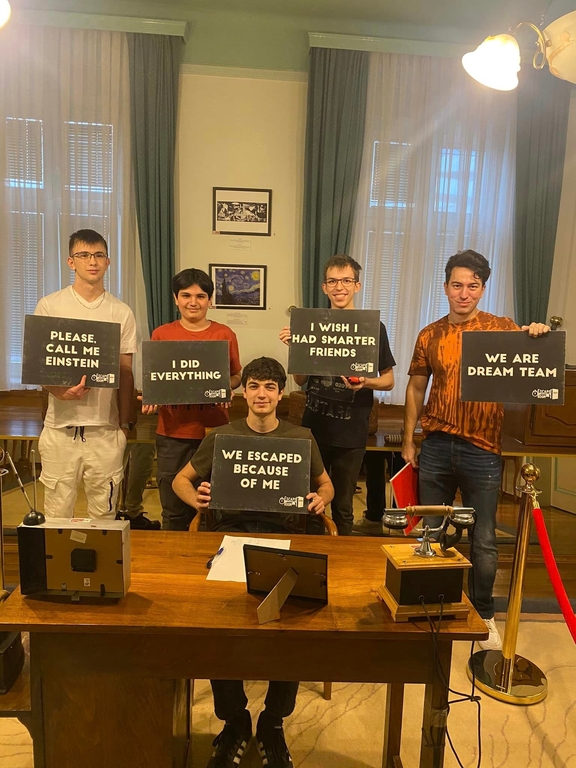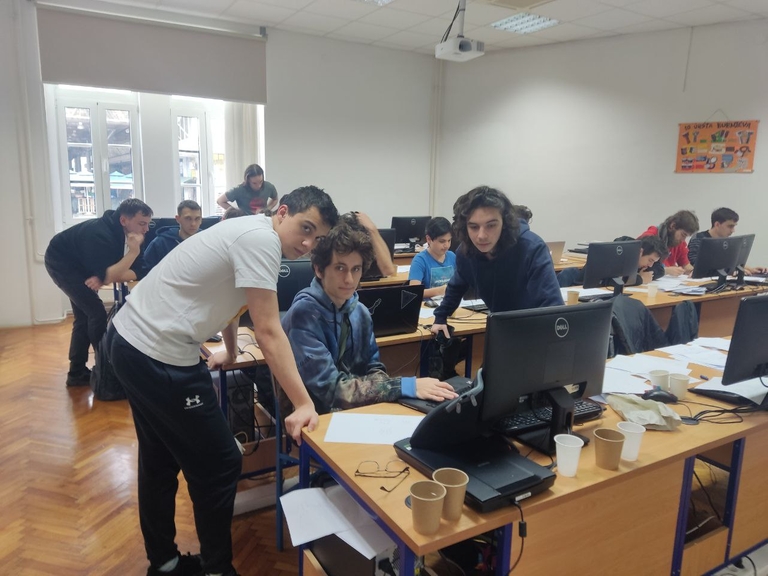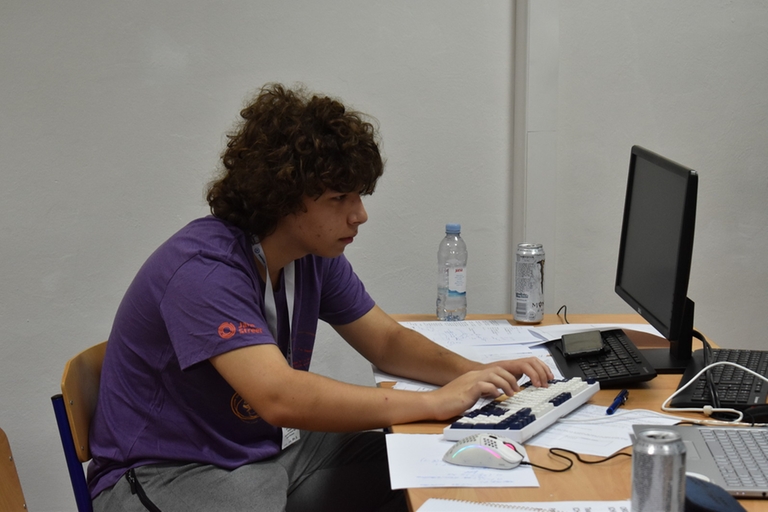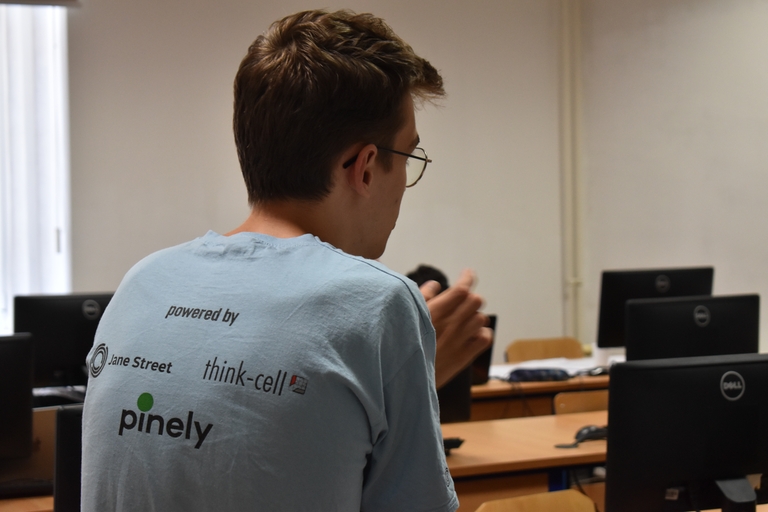Hi everyone!
Yesterday marked the conclusion of the third Osijek camp (also see the announcement on Codeforces). Similar to the last time, the camp was organized by Tähvend Uustalu (-is-this-fft-) and me (adamant) with an immense help from Josipa Sabljo and university staff who helped us organize onsite events and handle accounting for the camp.
The camp consisted of 7 contests, and 2 days off during which onsite participants had an opportunity to attend a paintball session and local escape rooms. Overall, 71 teams solved at least one problem, and 19 of them attended the camp onsite in Osijek, which marks an increase by 50% compared to the last year (13 teams). We're really happy to see the camp grow and attract more teams!


Me, my wife Ksenia and Radewoosh flying from Osijek to Zagreb on a completely empty plane








Onsite participants having fun at a local escape room



During contests and at the closing dinner in Hotel Osijek
As promised in the announcement, we will maintain a silence period until ICPC World Finals 2023 this April, so none of our contest will go public until then. After the date, at least one contest will be used in the Universal Cup, and we also plan to upload at least one contest to Codeforces, so that potential participants will have an opportunity to get a feel for what they may expect at the camp.
Call for problemsetters
We're looking for problem authors for the next iteration of the camp (late Summer or early Autumn 2024)!
To express interest, write a direct message to me (adamant) or Tähvend (-is-this-fft-) here on Codeforces or wherever's the most convenient to you if you already have our other contacts (Discord, Telegram, etc). We offer a generous monetary compensation for the contests, and will also waive the participation fee for one team of your choosing (e.g. yours if you also participate in the camp).
Full ICPC style contest proposals are preferred, but feel free to reach out to us even if you only have some individual problems, and we may try to find other potential authors to collaborate with you on a joint contest.
Feedback request
Did you hear about Osijek camp before but chose not to participate? Was it an inconvenient timing, doubts about our contests, online judge, location, pricing or something else entirely? Whatever that is, we would really appreciate it if you could spare a minute to fill this form (anonymously if you prefer), so that we may improve and better cater to your individual needs. Thank you!





















